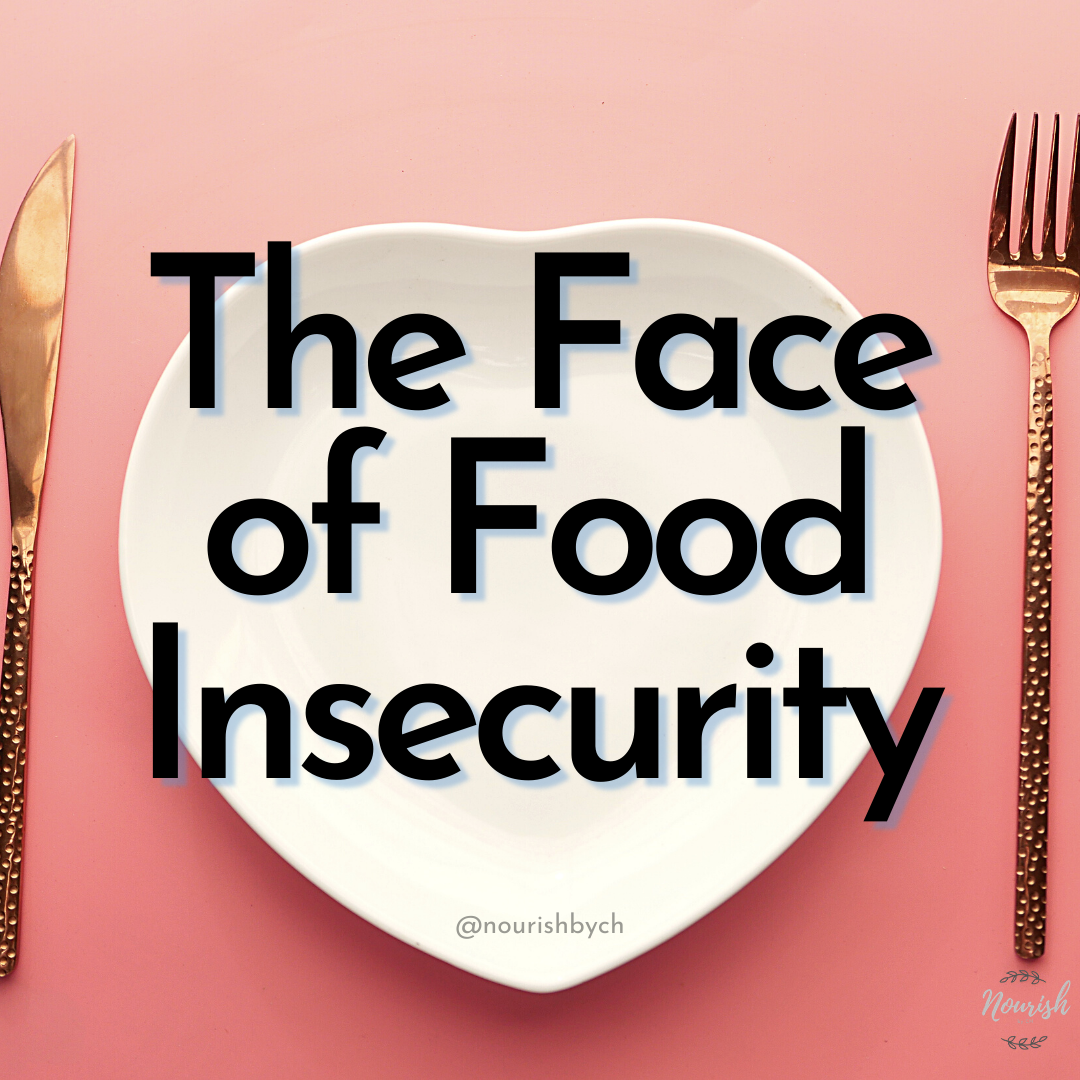
I came across this really interesting study on fast food consumption among adolescents (12-15 years) from 68 countries and its association with food insecurity (Smith et al., 2021). And reminded me that I was due to write about food poverty and food insecurity for a hot minute🤦🏽.
Persons experiencing food insecurity may turn to high-calorie fast foods as a filling meal, but there is often little they can do at the individual level to free themselves from the cycle. Food insecurity is the inability of individuals or households to have reliable access to adequate, affordable, nutritious food.
You may also hear the term food poverty being used. According to Sustain, food poverty is household food insecurity, and both occurrences are caused by several complex factors which limited money and resources. Perhaps you have also seen advertisements promoting the donation of money for food in low- to middle-income countries or those ravished from wars. This is one severe example of food insecurity. But in both developing and developed countries, not all individuals in food-insecure households may experience hunger, but severe food insecurity can lead to hunger.
Food poverty is worse diet, worse access, worse health, higher percentage of income on food and less choice from a restricted range of foods. Above all food poverty is about less or almost no consumption of fruit and vegetables.
Professor Tim Lang
Factors that affect Food Poverty & Insecurity
Household food insecurity could be caused by a crisis in finance like debt or unemployment, or personal circumstances such as chronic illness, disabilities, a change in family status or mental health. And interestingly, while uncontrollable factors can cause food poverty, the effects of food insecurity can continue the cycle.
In the UK alone there are 8.4 million people who are struggling to get enough to eat (Sustain, 2016). While 40 million people in the US were living with limited access to food in 2017 (Feeding America, 2018). Dare I say it but, my household though better off than many still faces some degree of food poverty too.
Food poverty affects persons of all ages, gender, and cultural backgrounds. Persons from low-income backgrounds, immigrants, children and the elderly are more susceptible to food insecurity, yet many households are ineligible for government support due to income thresholds. Food poverty can also lead to malnutrition, which is a huge public health challenge.
As I’m from the Caribbean, we have our own unique causes of food insecurity as we are Small Island Developing States (SIDS). We’re especially susceptible to climate-related events affecting our food supply, agricultural and fishing practices. And, our small size often means that scaling up, marketing and competitively pricing our products can be difficult (FAO, 2014). This could lead to less persons remaining in farming, and instead of moving to urban areas to seek office-oriented employment.

Unfortunately with the economic fallout of the COVID-19 pandemic, there will be many more persons who will experience food poverty (or worse cases than before), much like me, through no fault of my own. Although governments and non-governmental organisations have been aware of food insecurity for years, it is a complex challenge, which is not simply solved by providing hampers, food stamps or access to food banks.
Solving these challenges means we take steps to understand the struggle of the individual and seek multisectoral ways to alleviate the issues through policy and action. Improved access to education, can lead to better job opportunities and security. Having access to free school meals reduces the burden on families with multiple children, and affordable access to healthcare can reduce the emotional and financial challenges of managing chronic illness.
References
FAO, 2014. Food Security and Nutrition in Small Island Developing States.
Feeding America, 2018. Food Insecurity and Poverty in the United States: Findings from the USDA and U.S. Census Bureau [WWW Document]. URL https://hungerandhealth.feedingamerica.org/wp-content/uploads/2018/10/Food-Insecurity-Poverty-Brief_2018.pdf (accessed 4.15.21).
Smith, L., Barnett, Y., López-Sánchez, G.F., Shin, J.I., Jacob, L., Butler, L., Cao, C., Yang, L., Schuch, F., Tully, M., Koyanagi, A., 2021. Food insecurity (hunger) and fast-food consumption among 180,164 adolescents aged 12-15 years from 68 countries. British Journal of Nutrition 1–23. https://doi.org/10.1017/S0007114521001173
Sustain, 2016. 8.4m in UK too poor to eat [WWW Document]. Sustain. URL https://www.sustainweb.org/foodpoverty/whatisfoodpoverty/ (accessed 4.15.21).




